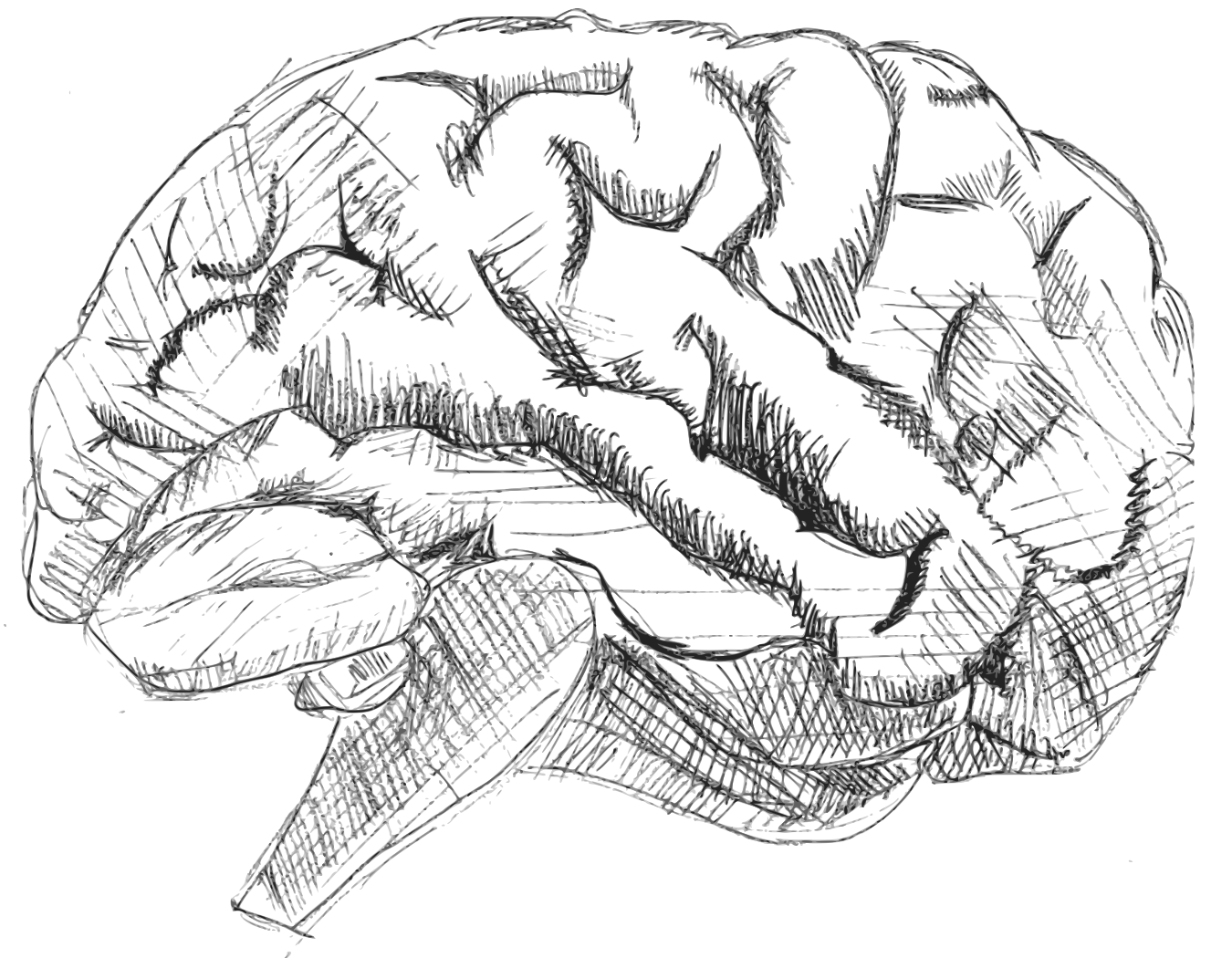

The middle bars in this image are pointing perfectly up and down, but you probably see them as begin tilted to the left. This visual illusion exemplifies the role that our brains play in our perception of the world: We don't experience the world the way it is, we only get to experience what our brains tell us to! The way the mind acts on incoming information to cause this experience does sometimes result in weird illusions, but these same processes are what allow us to be so good at things like catching a baseball or reading this text. By studying what the brain is doing when you experience such an illusion, we hope to gain insights into the neural processes that happen between the eyeball and your conscious perception of the world.
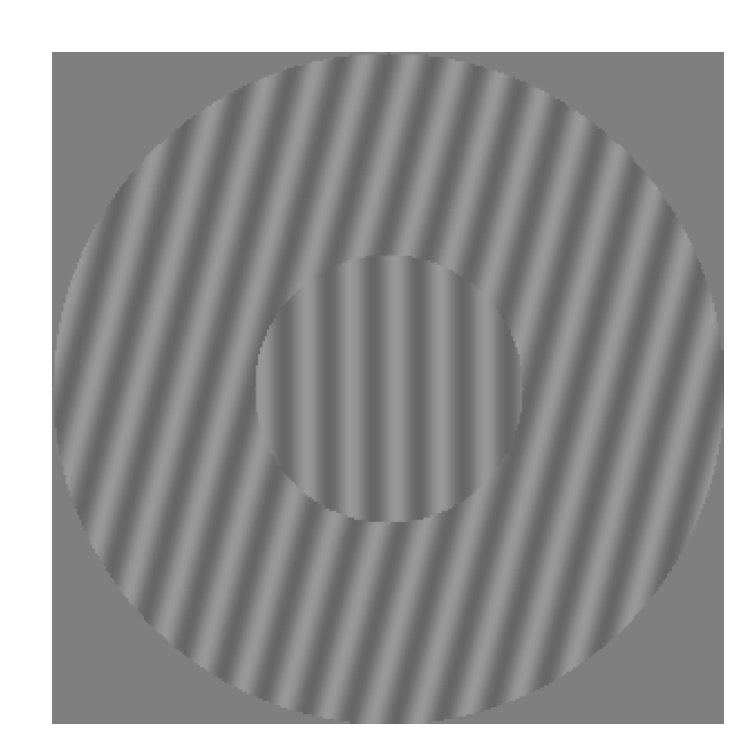
Complex psychological processes like attention and memory can actually change the way we perceive things. Therefore we view the study of perception and these more cognitive functions as an integral scientific endeavor. We are particularly interested in understanding how attention operates in the brain, what neural mechanisms allow us to store visual information (memory) and manipulate it in our minds eye (mental imagery), and how the mind combines various types of information to make decisions and perform actions.
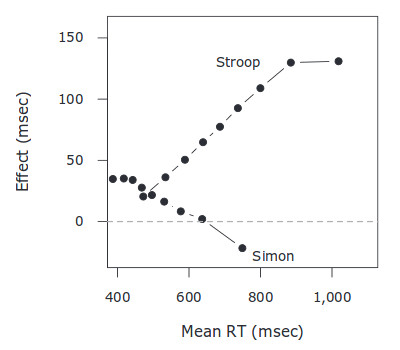
To study these perceptual and cognitive processes, we have people perform simple tasks while we carefully measure their behavioral performance. For example, we might ask people to remember a few colors and then measure the accuracy of their memories. These data are then used to build mathematical models of the brain, and to test which model provides the most accurate picture of what the mind is actually doing.
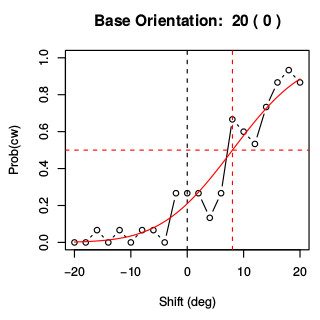
In addition to measuring the behavior that results from a bunch of neural processes, we measure what the brain is actually doing while it performs these tasks. In particular, we use fMRI to measure brain activity while people are experiencing something, and use mathematical models try to decode what the person is experiencing from the brain signals. For example, this image shows areas of the brain where we were able to read out what orientation a person was thinking about, even in the absence of any visual stimulation. The fact that we can do this primarily in the back of the brain - where vision usually happens - suggests that in the brain thinking about something visual is very similar to actually seeing it. Brain imaging using fMRI can only measure things slowly over the course of seconds. In order to look at neural processes that happen quickly we utilize EEG to measure the electrical signals that are generated by the brain when it is active. Using the same brain decoding techniques, we can learn about how information is processed in the brain in real time. By combining fMRI and EEG, we hope to gain a clearer picture of both when and where in the brain various mental processes are happening.
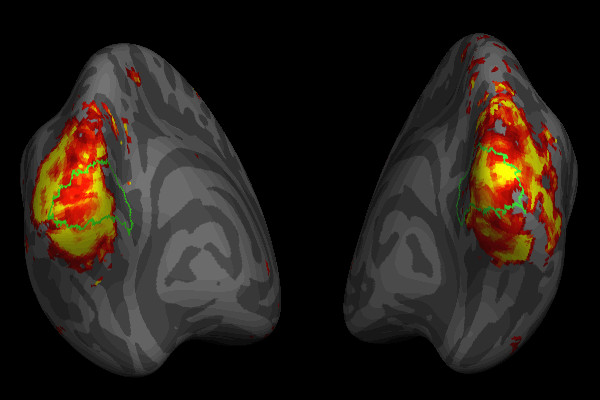
We have two goals in developing new mathematics in psychology and neuroscience. First, we aim to create mathematical models of neural and cognitive processes. Doing so allows us to formalize and test theories about what the brain is doing, and will one day allow for these processes to be implemented in artificial intelligence systems. Second, we develop new analytic tools that allow us to learn more from the data we collect. A prime example is the development of new neural decoding techniques, which allow us to probe where in the brain various types of information are represented, and what the neural codes for these representations look like.
